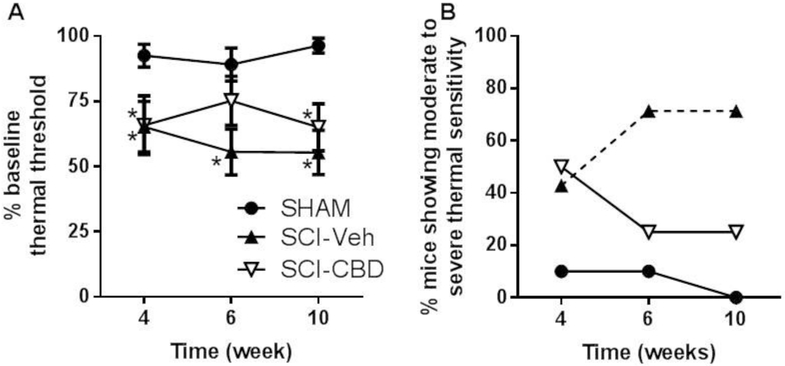Figure 4. CBD treatment attenuates the development of thermal sensitivity in the hind paw following spinal cord injury.
Mice received sham or T9-10 contusion injury and treated with vehicle (SCI-VEH) or 1.5 mg/kg CBD (SCI-CBD) 1h pre and 24h post injury and twice weekly thereafter for 10 weeks. Thermal sensitivity of the right hindpaw was measured using the plantar test. (A) The percent baseline latency scores for each treatment group (SHAM, n=10; SCI-VEH, n=7; SCI-CBD, n=8) at each time point (4, 6, and 10 weeks post-injury) were averaged (±SEM). Mixed-effects linear regression revealed a significant treatment effect; * represents adjusted p<0.05 as compared to sham control using Tukey-Kramer’s multiple comparison method. (B) The percentage of mice in each treatment group which displayed moderate to severe changes in thermal sensitivity (thermal sensitivity scores that represent a 0 – 65.9% baseline response) is depicted. Mixed-effects logistic regression analysis showed a significant overall treatment effect, revealing a statistically significant difference between SHAM and SCI-VEH groups (p<0.05, indicated by dotted line).

